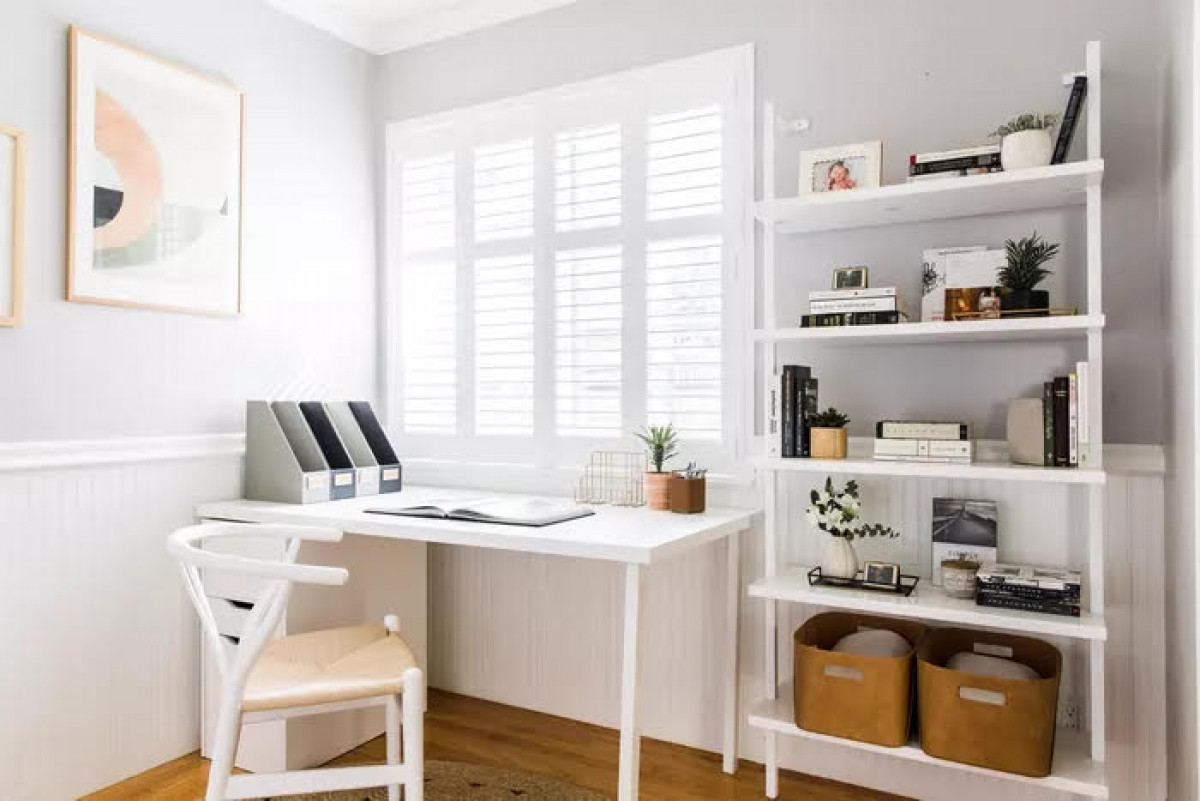10 Steps to Design Your Room
When designing your room, it’s important to prioritize the mood you want to create rather than focusing on specific styles or trends. Consider how you want to feel in your space, and let that guide your color scheme, furniture choices, and decorations.
Seek inspiration from various sources such as social media, interior design magazines, and your favorite websites. Create a mood board to gather ideas and gain a better understanding of your personal preferences.

Consider the practicality of your design choices. If you have children or pets, opt for fabrics and surfaces that are easy to clean and durable. Tailor your space to suit your current lifestyle and needs.
Eliminate unnecessary clutter from your room by getting rid of items you don’t use or need. Start with a clean canvas and focus on what is essential before adding decorative elements.
Choose a room design by creating a floor plan using online tools or sketching layout ideas on paper. Measure your space to ensure furniture will fit appropriately.
Select a color palette early on to ensure a cohesive look. Whether you prefer a neutral theme or bold colors, choose additional hues to complement your main color choice.

Add finishing touches to the room by working with the existing flooring, wall color, and furniture. Enhance and personalize the space without the need for extensive renovations.
Invest in long-lasting furnishings for your living room first to ensure quality and avoid compromising on high-value items. Consider your budget and available space when choosing additional furniture.
Choose rugs, curtains, and fabric items to add color, pattern, and texture to the space according to your preferences.
Pay attention to lighting to create a successful room design. Maximize natural light and incorporate layered lighting options for different times of the day. Illuminate all corners of the room to avoid shadows and maintain brightness.
By following these steps, you can create a well-designed and personalized room that reflects your style and meets your practical needs.
Source: VOV
Tips for Relief from Eyestrain and Dry Eyes Resulting from Prolonged Screen Use
Do you ever feel like your eyes are overworking? This is a common symptom of eye strain, which can include temporary blurred vision and dryness of the eyes. Read on with Dien May Xanh to get tips on how to cope with eyestrain and dryness in the eyes that comes with prolonged use of laptops, computers, and phones.






































